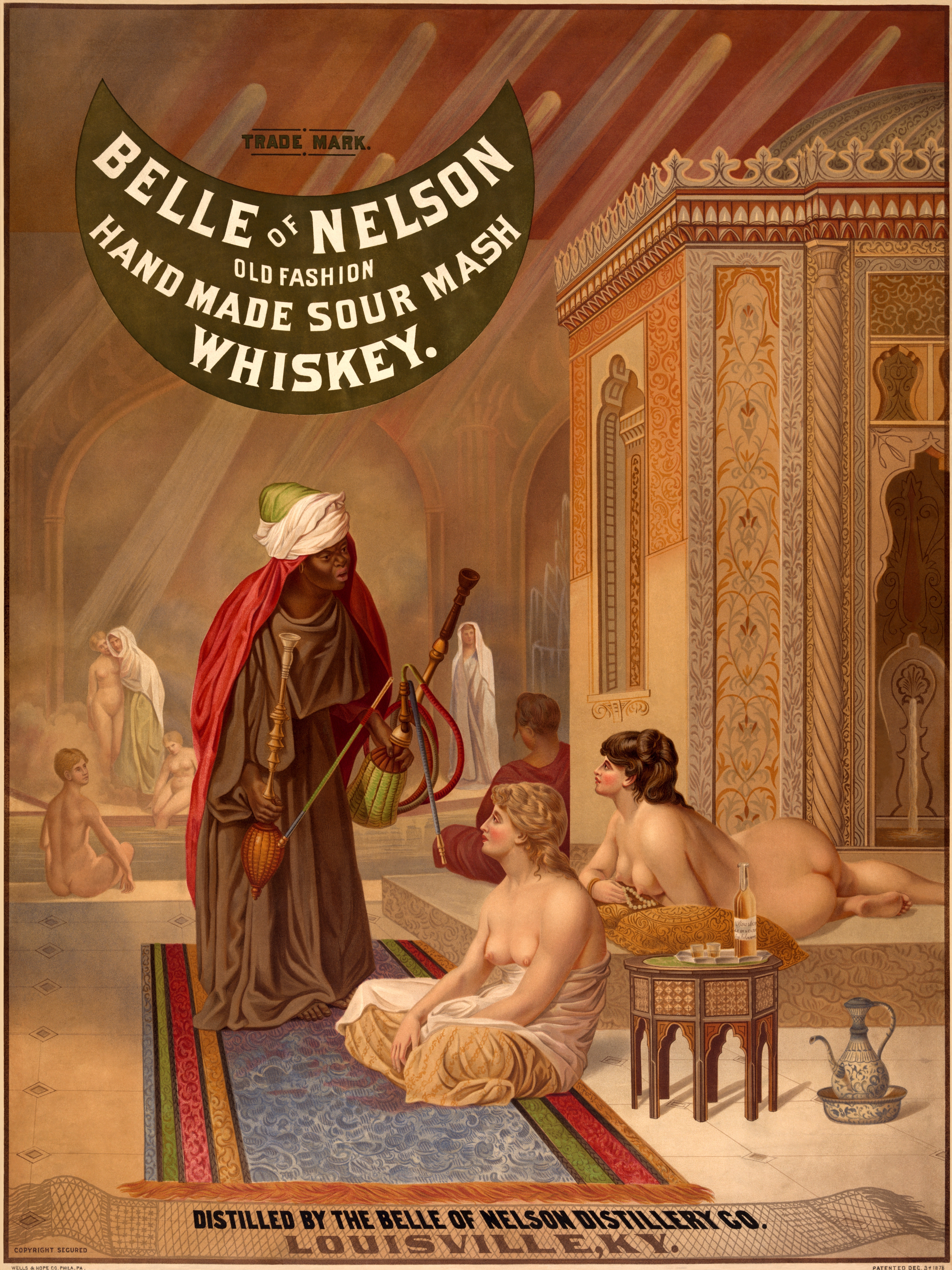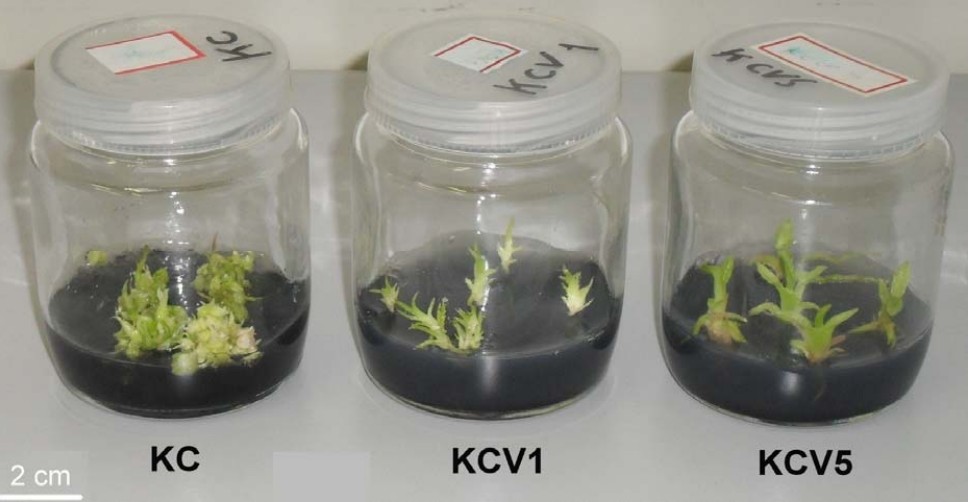|
Dunder
Dunder is the liquid left in a boiler after distilling a batch of rum. It is a traditional flavor source used in the fermentation of the wash of Jamaican rum. Similar in process to sour mash in Bourbon whiskey, it is a crucial step in achieving an authentic rum flavor. In Europe, waste liquors from alcohol distillation are referred to as vinasse. Dunder contains many by-products that help in future fermentations, including dead yeast cells, which are an excellent yeast nutrient. Subsequent fermentations using dunder must be carefully controlled to prevent stress on the yeast which will cause a greater amount of mutations. Also if planning to store dunder before use it is advised to refrigerate the dunder to suppress cell division as to prevent mutations. These mutations change flavor, alcohol content, and overall affect consistency of the finished product. Dunder, if not used to re-pitch the yeast colony, can also be applied as fertilizer. Traditionally, 20% to 35% of a new w ... [...More Info...] [...Related Items...] OR: [Wikipedia] [Google] [Baidu] |
Sour Mash
Sour mash (or sourmash) is a process used in the distilling industry that uses material from an older batch of mash to start the fermentation of a new batch, analogous to the making of sourdough bread with a starter. The term can also be used as the name of the type of mash used in such a process, and a bourbon made using this process can be referred to as a ''sour mash bourbon''. Sour beer may also be created with this process. Process In the sour mash process, the mash – a mixture of grain, malt and water – is conditioned with some amount of spent mash (previously fermented mash that still contains dead yeast, a good food source for live yeast). Spent mash is also known as spent beer, distillers' spent grain, and slop or feed mash because it is also used as animal feed. The acid introduced by the sour mash controls the growth of bacteria that could taint the Bourbon. An established and active strain of live yeast is introduced into the mash to be fermented. By ... [...More Info...] [...Related Items...] OR: [Wikipedia] [Google] [Baidu] |
Vinasse
Vinasse is a By-product, byproduct of the sucrose, sugar or ethanol industry. Sugarcane or sugar beet is processed to produce crystalline sugar, pulp and molasses. The latter are further processed by Ethanol fermentation, fermentation to ethanol, ascorbic acid or other products. Juice sugarcane can also be processed directly by ethanol fermentation. After the removal of the desired Product (chemistry), product (alcohol, ascorbic acid, etc.) the remaining material is called vinasse. Vinasse is sold after a partial drying , dehydration and usually has a viscosity comparable to molasses. Commercially offered vinasse comes either from sugar cane and is called cane-vinasse or from sugar beet and is called beet-vinasse. Vinasse produced from sugar cane is also called dunder. In the process of distillation of the alcohol and as a result of the heating in the distillation process, in the pulp of the beet reactions of condensation and predominantly molecular ruptures take place. This causes ... [...More Info...] [...Related Items...] OR: [Wikipedia] [Google] [Baidu] |
Yeast
Yeasts are eukaryotic, single-celled microorganisms classified as members of the fungus kingdom. The first yeast originated hundreds of millions of years ago, and at least 1,500 species are currently recognized. They are estimated to constitute 1% of all described fungal species. Yeasts are unicellular organisms that evolved from multicellular ancestors, with some species having the ability to develop multicellular characteristics by forming strings of connected budding cells known as pseudohyphae or false hyphae. Yeast sizes vary greatly, depending on species and environment, typically measuring 3–4 µm in diameter, although some yeasts can grow to 40 µm in size. Most yeasts reproduce asexually by mitosis, and many do so by the asymmetric division process known as budding. With their single-celled growth habit, yeasts can be contrasted with molds, which grow hyphae. Fungal species that can take both forms (depending on temperature or other conditions) are ca ... [...More Info...] [...Related Items...] OR: [Wikipedia] [Google] [Baidu] |
Wash (distilling)
Term used in the production of distilled beverages. Wash is the finished product of fermentation destined to be distilled for the first time. Distillation being the removal of impurities or purification of the spirit (alcoholic liquor), hence it is being Washed. Also referred to as Low Wines (4%-20% ABV) when distilled the first time, and High Wines (20%-65% ABV) when the spirit has been distilled additional times. References See also *Single malt whisky Single malt whisky is malt whisky from a single distillery. Single malts are typically associated with single malt Scotch, though they are also produced in various other countries. Under the United Kingdom's Scotch Whisky Regulations, a "Si ... (fermentation and distillation description) Distilled drinks {{distilled-beverage-stub ... [...More Info...] [...Related Items...] OR: [Wikipedia] [Google] [Baidu] |
Bourbon Whiskey
Bourbon () is a type of barrel-aged American whiskey made primarily from corn. The name derives from the French Bourbon dynasty, although the precise source of inspiration is uncertain; contenders include Bourbon County in Kentucky and Bourbon Street in New Orleans, both of which are named after the dynasty.Kiniry, Laura.Where Bourbon Really Got Its Name and More Tips on America's Native Spirit. ''Smithsonian.com''. June 13, 2013. The name bourbon was not applied until the 1850s, and the Kentucky etymology was not advanced until the 1870s. Bourbon has been distilled since the 18th century. Although bourbon may be made anywhere in the United States, it is strongly associated with the American South in general, and with Kentucky in particular. As of 2014, distillers' wholesale market revenue for bourbon sold within the U.S. was about $2.7 billion, and bourbon made up about two thirds of the $1.6 billion of U.S. exports of distilled spirits. According to the Distilled Spirits C ... [...More Info...] [...Related Items...] OR: [Wikipedia] [Google] [Baidu] |
Esters
In chemistry, an ester is a compound derived from an oxoacid (organic or inorganic) in which at least one hydroxyl group () is replaced by an alkoxy group (), as in the substitution reaction of a carboxylic acid and an alcohol. Glycerides are fatty acid esters of glycerol; they are important in biology, being one of the main classes of lipids and comprising the bulk of animal fats and vegetable oils. Esters typically have a pleasant smell; those of low molecular weight are commonly used as fragrances and are found in essential oils and pheromones. They perform as high-grade solvents for a broad array of plastics, plasticizers, resins, and lacquers, and are one of the largest classes of synthetic lubricants on the commercial market. Polyesters are important plastics, with monomers linked by ester moieties. Phosphoesters form the backbone of DNA molecules. Nitrate esters, such as nitroglycerin, are known for their explosive properties. '' Nomenclature Etymology The ... [...More Info...] [...Related Items...] OR: [Wikipedia] [Google] [Baidu] |
Ethyl Formate
Ethyl formate is an ester formed when ethanol (an alcohol) reacts with formic acid (a carboxylic acid). Ethyl formate has the characteristic smell of rum and is also partially responsible for the flavor of raspberries. It occurs naturally in the body of ants and in the stingers of bees. Exposure Ethyl formate is generally recognized as safe by the U.S. Food and Drug Administration. According to the U.S Occupational Safety and Health Administration (OSHA), ethyl formate can irritate eyes, skin, mucous membranes, and the respiratory system of humans and other animals; it is also a central nervous system depressant. In industry, it is used as a solvent for cellulose nitrate, cellulose acetate, oils, and greases. It can be used as a substitute for acetone; workers may also be exposed to it under the following circumstances: * during spray, brush, or dip applications of lacquers * during the manufacture of safety glass * when fumigating tobacco, cereals, and dried fruits (as ... [...More Info...] [...Related Items...] OR: [Wikipedia] [Google] [Baidu] |
Propyl Isobutyrate
In organic chemistry, propyl is a three-carbon alkyl substituent with chemical formula for the linear form. This substituent form is obtained by removing one hydrogen atom attached to the terminal carbon of propane. A propyl substituent is often represented in organic chemistry with the symbol Pr (not to be confused with the element praseodymium). An isomeric form of propyl is obtained by moving the point of attachment from a terminal carbon atom to the central carbon atom, named 1-methylethyl or isopropyl. To maintain four substituents on each carbon atom, one hydrogen atom has to be moved from the middle carbon atom to the carbon atom which served as attachment point in the ''n''-propyl variant, written as . Linear propyl is sometimes termed normal and hence written with a prefix ''n''- (i.e., ''n-''propyl), as the absence of the prefix ''n''- does not indicate which attachment point is chosen, i.e. absence of prefix does not automatically exclude the possibility of it be ... [...More Info...] [...Related Items...] OR: [Wikipedia] [Google] [Baidu] |


